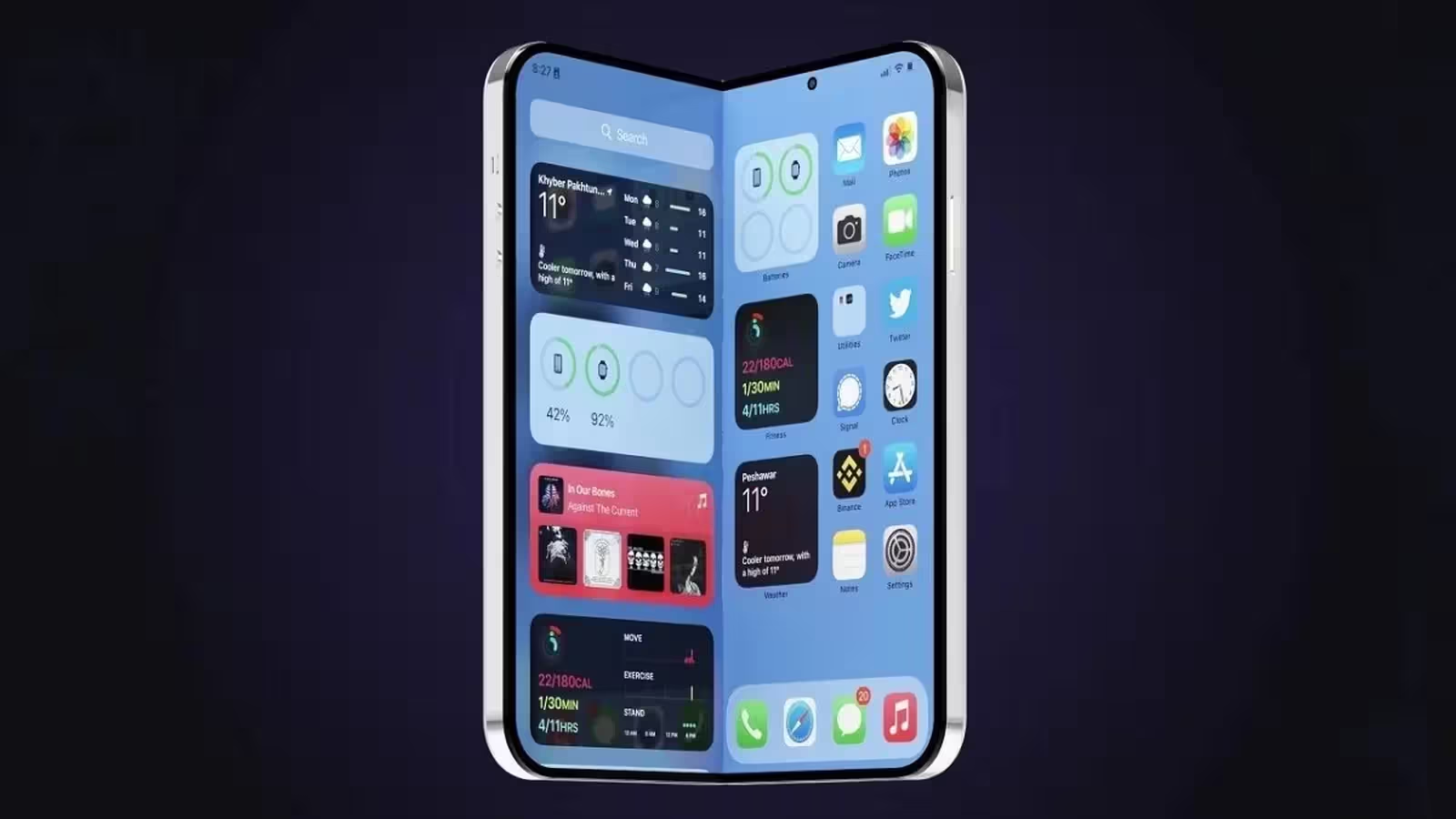3 Minutes
Rumors Point to a Competitive Price for Apple’s Foldable iPhone
Recent analysis from leading investment firm UBS suggests that Apple’s much-anticipated foldable iPhone—often dubbed the "iPhone Fold"—could arrive with a price tag lower than many tech industry experts previously predicted. According to UBS, Apple is poised to release a book-style foldable smartphone similar to the Samsung Galaxy Z Fold series as soon as next year.
Cost Efficiency and Competitive Pricing
UBS research indicates that the estimated Bill of Materials (BOM) for Apple’s foldable device is approximately $759. This figure is roughly 4% lower than the BOM for Samsung’s Galaxy Z Fold SE, which sits at $790. Apple’s ability to streamline costs, particularly in components such as memory, application processors, and camera modules, could enable the company to deliver a more accessible launch price. Early speculation placed the retail cost of Apple’s foldable between $2,000 and $2,400. However, UBS now forecasts that Apple could strategically set the price between $1,800 and $2,000. While this would still mark it as the priciest iPhone to date, it could undercut expectations and provide a strong competitive edge.
Cutting-Edge Features and Component Partnerships
For tech enthusiasts eagerly awaiting Apple’s entry into foldables, the device is expected to boast a 7-inch internal OLED display, utilizing panels primarily supplied by Samsung Display. As production ramps up, LG Display is also anticipated to become a secondary supplier. The iPhone Fold’s engineering will include advanced elements such as a titanium frame and a durable liquid metal hinge, sourced from leading manufacturers including Lens Technology, Amphenol, and Foxconn (Hon Hai). Foxconn, a longstanding Apple assembly partner, will reportedly handle the principal assembly, complemented by Luxshare as a secondary integrator.
Limited Initial Production and Market Impact
UBS anticipates that Apple will initially limit production numbers to between 10 and 15 million units for its first foldable smartphone. This calculated approach enables Apple to gauge market demand and optimize manufacturing processes, all while maintaining healthy profit margins projected at 53% to 58%. These margins compare favorably with those seen on Samsung’s foldables and even surpass those of the recent iPhone 16 lineup.
How Apple’s Foldable Could Reshape the Market
Many industry watchers believe that Apple’s measured entry into the foldable smartphone space could catalyze widespread adoption of foldable technology across smartphones, tablets, and notebooks. UBS analysts suggest that Apple’s later launch actually works to its advantage: the supply chain for foldable devices is now mature and the technology behind flexible OLED displays and hinges has been refined. This positions Apple to deliver a foldable iPhone that combines innovation, reliability, and competitive pricing—possibly reshaping market expectations and accelerating foldable technology adoption worldwide.
The Bottom Line
If these forecasts prove accurate, tech professionals and enthusiasts can expect Apple’s first foldable iPhone to not only set a new price benchmark for the brand but also advance the evolution of foldable devices in a rapidly transforming smartphone landscape.
Source: phonearena


Leave a Comment